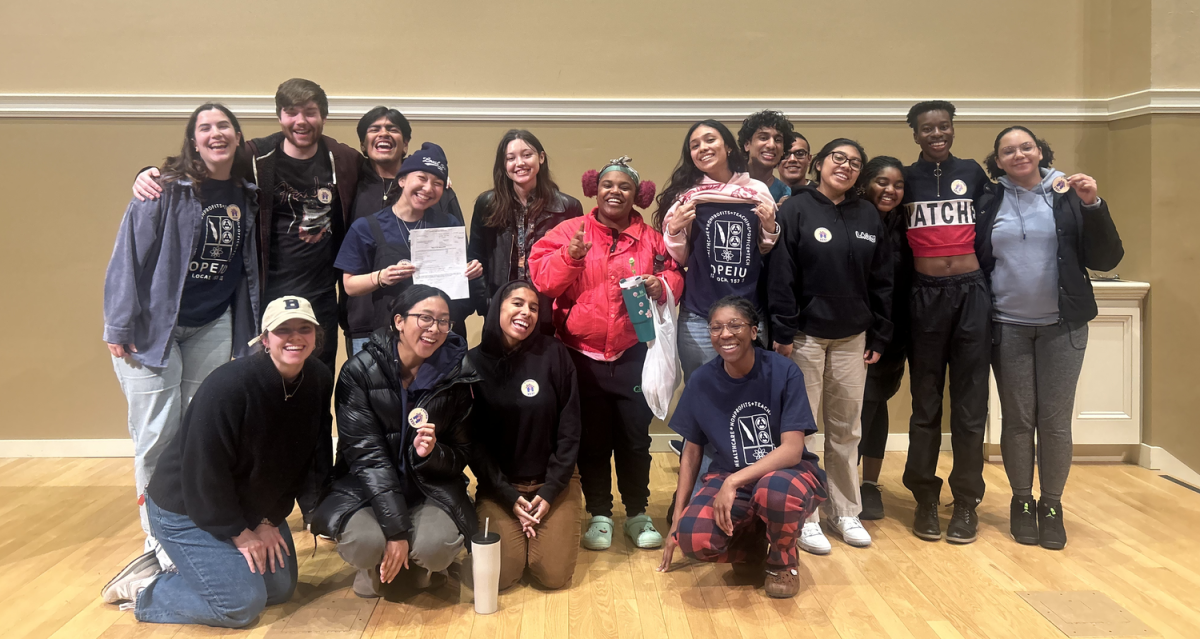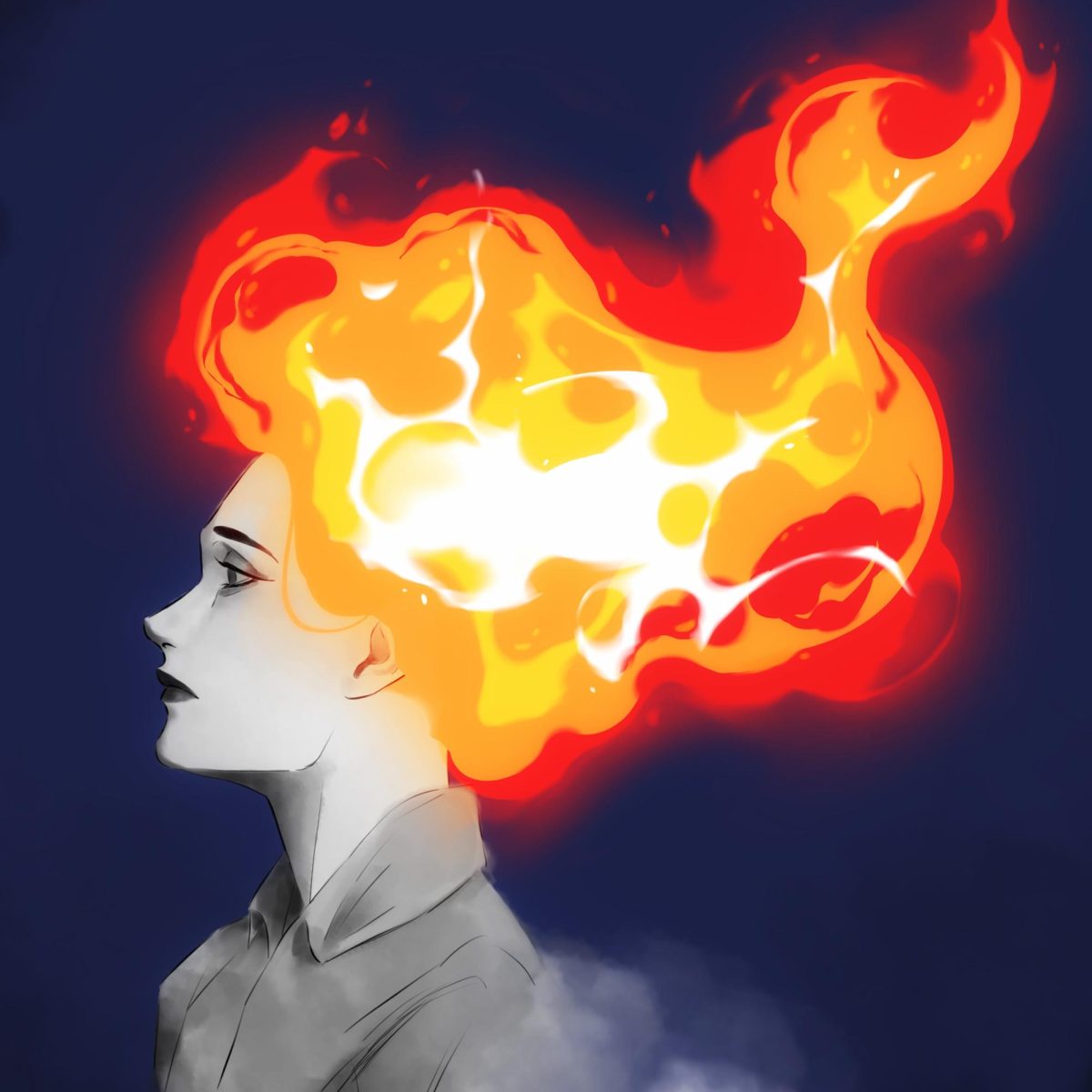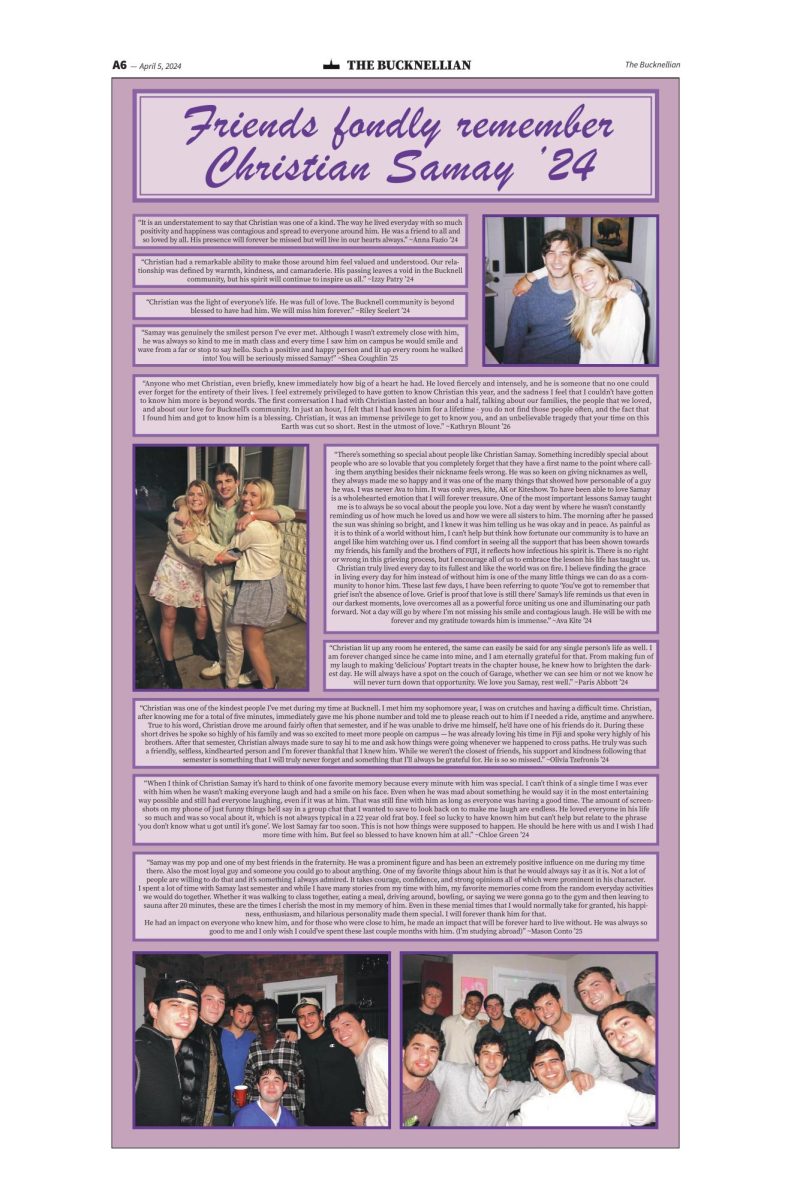By Catherine McClelland
Senior Writer
With a growth rate in the double digits and the largest workforce in the world, China is attracting more and more media attention as a world power. News articles and statistics abound, but the everyday lives and cultural values remain largely a mystery to the Western world, separated by barriers of language and geography and a vastly different way of life. American libraries boast translations of literature from all over Europe—everyone from Dostoevsky to Czeslaw Milosz—but Asian works are often absent from the shelves.
Even in modern Chinese writing, the focus seems to be on the country’s energetic new cities. Provincial life is often referred to only fleetingly and disdainfully. Rural characters often sport thick accents and turn up poorly dressed for the occasion, overwhelmed and awkward among Beijing’s sleek businessmen. A whole segment of China’s vibrant regional life is invisible in literature.
Nobel Prize-winner Pearl S. Buck offers a detailed commentary on rural China to fill this gap. Born to missionary parents, Buck grew up in the provinces of China, and her 1931 novel “The Good Earth” offers a detailed window into the values and psychology of a nation, represented by a single rural man.
The novel follows the life of northern Chinese peasant Wang Lung, beginning with his wedding day. Buck takes care to underline the hardships of a life of poverty and often surprises the reader at the inaccuracy of Western stereotypes. The Wang family eats cornmeal mush because rice is too expensive, and they drink plain boiled water because “tea leaves are like silver.” On the way to collect his bride, Wang Lung spends almost all his life savings to buy a piece of pork and a few green peaches to feed the guests at his wedding dinner. Pagodas, dragons and other popular hallmarks of Asian culture are nowhere to be seen. In their place, Buck offers a heartbreakingly honest picture of real life in an all but forgotten corner of the world with the People’s Republic and the Great Leap Forward only shadows on the horizon.
Using poverty as a backdrop, Buck reminds her readers humankind is united across cultures in its common needs and desires. Wang Lung rises from humble peasant to rich man over the course of the novel and changes his whole identity many times over, but he never escapes the fundamental questions of life: How can I improve my fortunes? Who will I be tomorrow?
Also central to the novel is the dangerous connection between land and wealth. “The Good Earth” uses land as the driving force of the narrative, the element that both elevates and undoes its characters. Land is the most important commodity and the only respectable way to make a living, the only thing worth having. The novel sets wealth at the other end of the spectrum, the thing that separates people from the land.
Perhaps most poignant is Buck’s treatment of the difficult lives of rural Chinese women. “Woman” and “slave” are interchangeable in the characters’ dialect. “Not a slave too young, and above all not a pretty one!” his father demands when Wang Lung buys a kitchen slave to become his wife. The two women of the novel both contrast and reinforce each other: Wang Lung’s wife is quiet and hardworking and holds the family together; Lotus, a prostitute that Wang Lung buys later in the novel, suffers as a plaything of men because of her beauty just as Wang Lung’s wife suffers because she is plain and suited for hard work.
“The Good Earth” is nearly 80 years old and especially relevant today as China steps into the global spotlight. The northern provinces are no longer driven into famine with every drought that hits, nor are “Fire Wagons” (trains) a rare sight in the countryside, but the novel isn’t about a closed chapter of history. It is about a nation’s complex relationship with its landscape: unapologetic, steady and unflinching in its depiction of characters that we can’t help but see ourselves reflected in.























